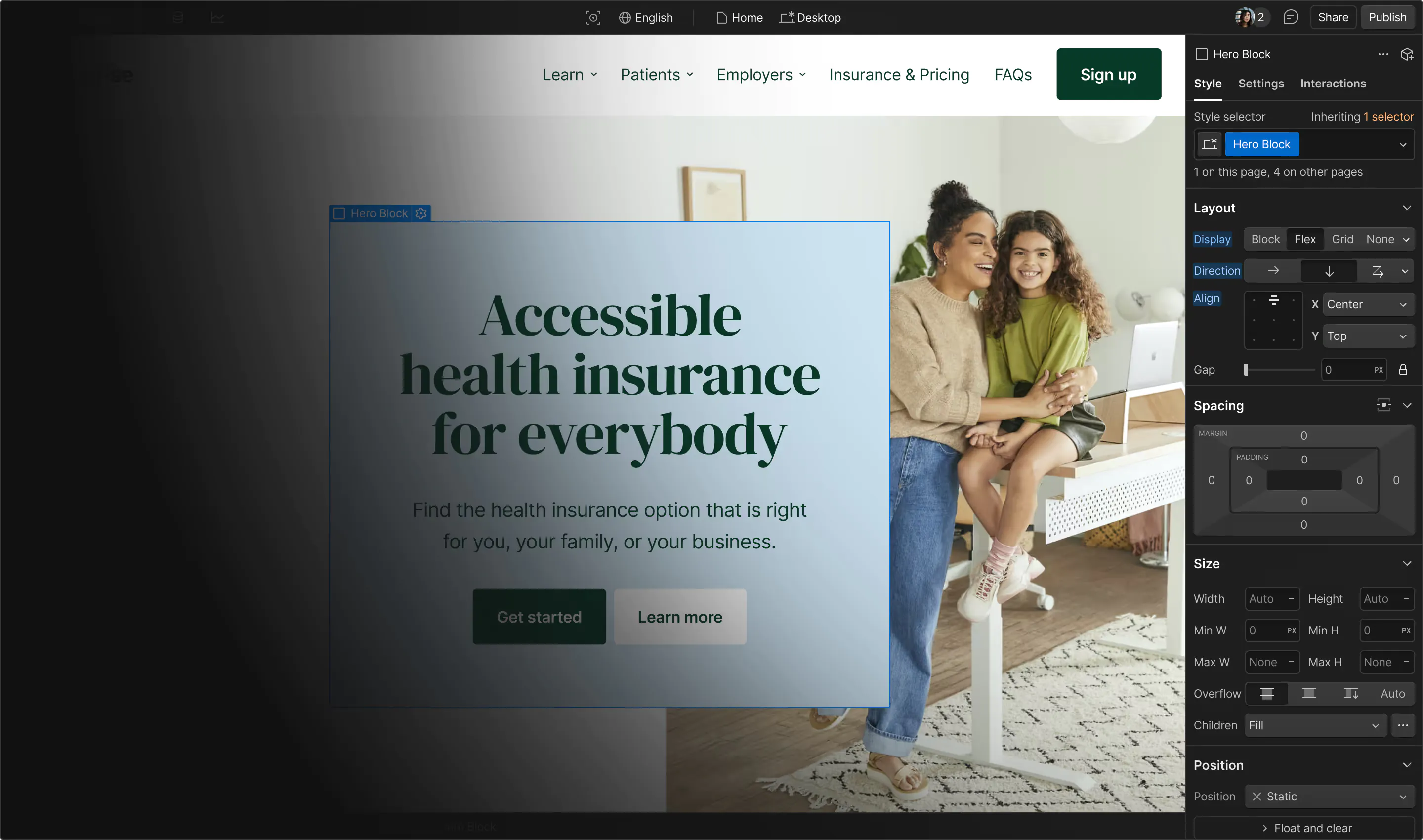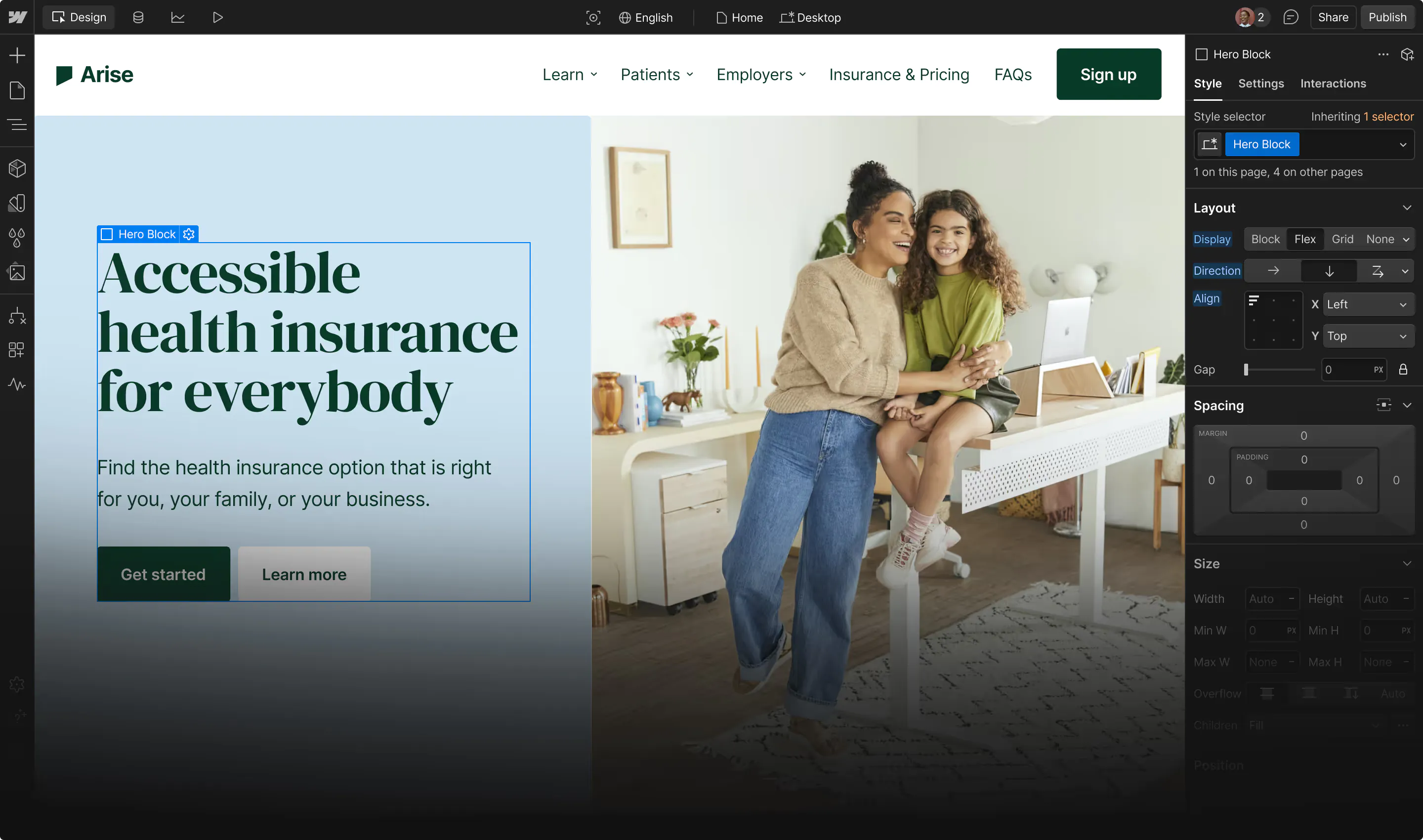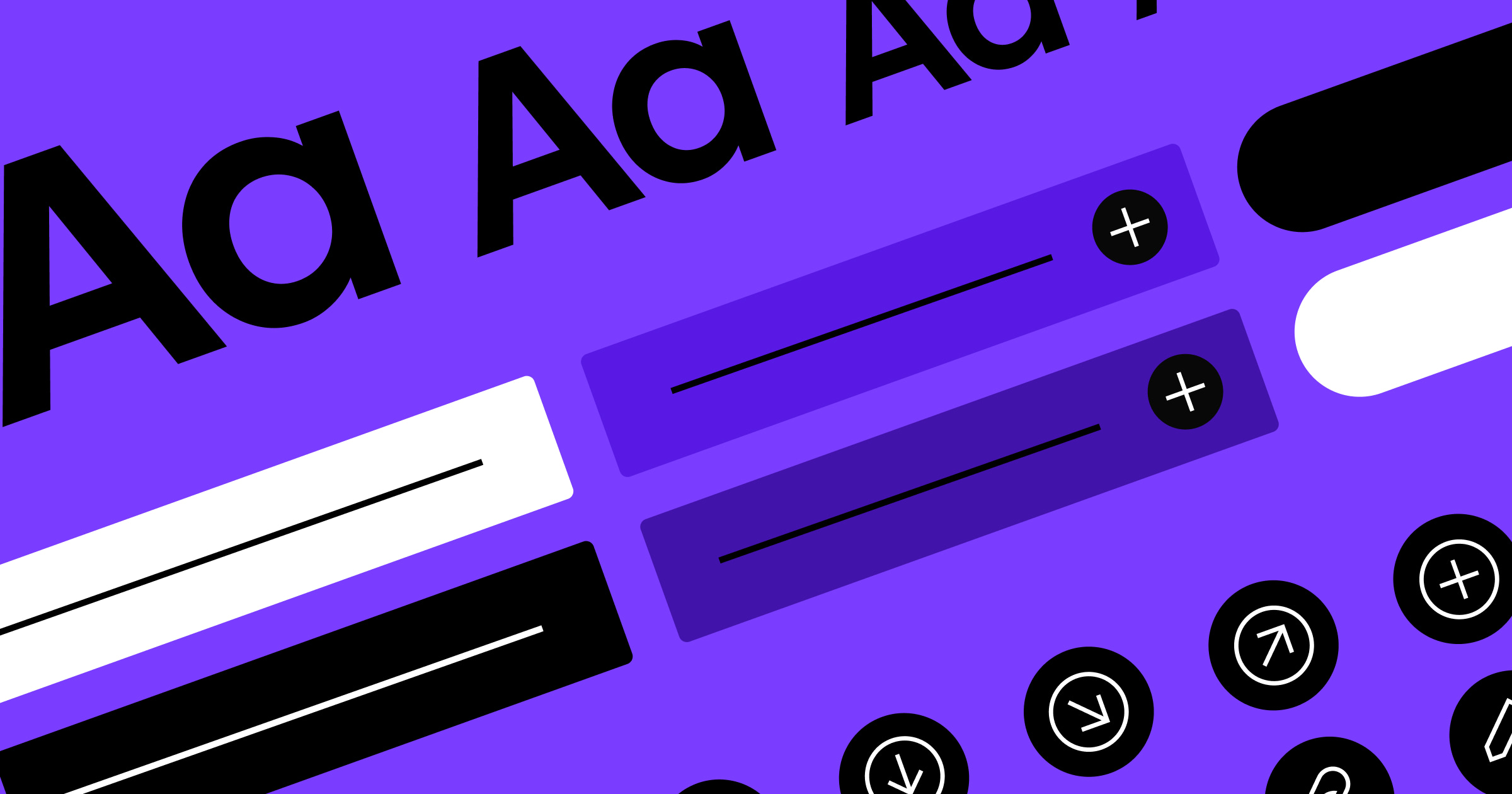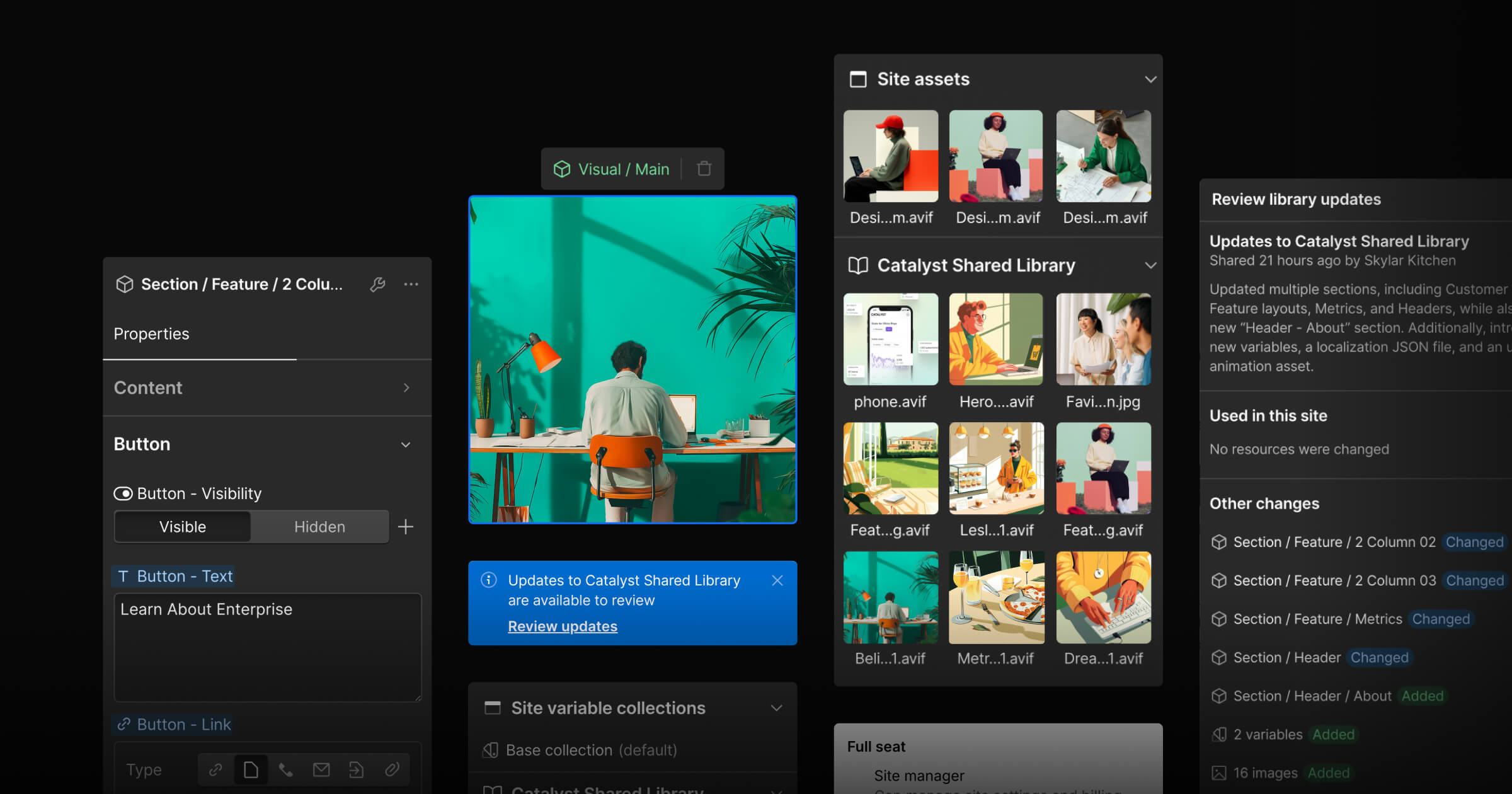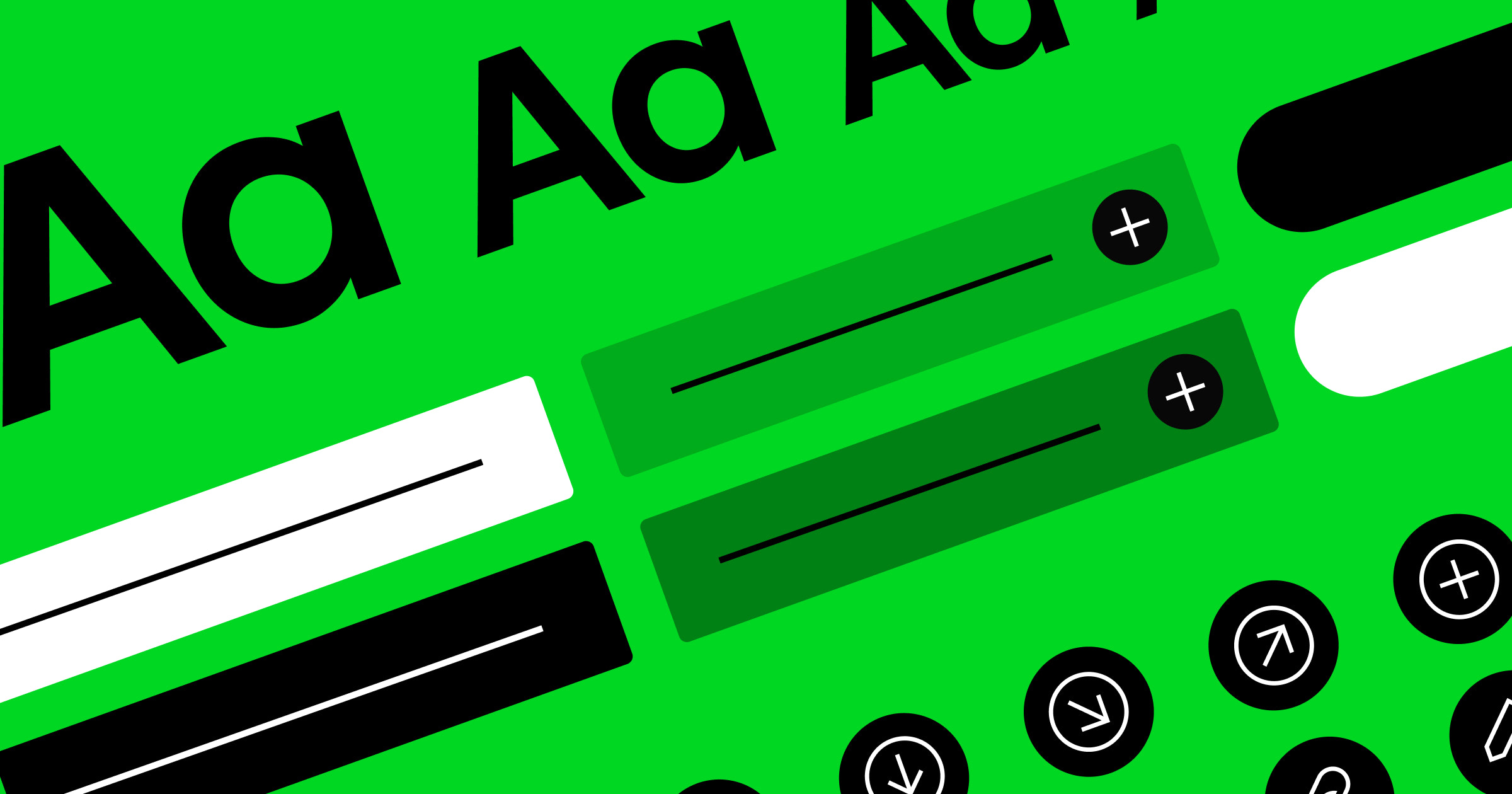A consistent visual identity helps customers recognize and trust your brand.
According to Lucidpress, consistent brand presentation can increase revenue by up to 23%. But as companies grow, maintaining that consistency becomes increasingly difficult — and costly.
As companies expand, they often launch landing pages, blogs, microsites, and campaign-specific assets. Without a shared system in place, these touchpoints become inconsistent — in layout, typography, or UX. Over time, these inconsistencies hurt customer trust, lower conversion rates, and slow down execution.
Companies can overcome this challenge by investing in design systems. These systems help enforce a consistent brand experience across all touchpoints while improving cross-functional collaboration, resulting in faster time to market without compromising brand integrity.
In this blog post, we’ll explore the hidden costs of brand inconsistencies and how investing in a design system can prevent them.
How do design systems improve brand consistency and execution speed?
A design system helps organizations conceptualize, create, and iterate on web experiences and collaborate cross-functionally.
Design systems give your team a shared source of truth. They help:
- Enforce brand consistency: Every component, color, and font follows defined brand rules.
- Speed up execution: Reusable components reduce design and dev time.
- Strengthen collaboration: Designers, developers, and marketers speak the same visual language.
What happens if you don't invest in a design system
Despite the advantages, brands often delay investing in design systems because of the significant time investment. Teams must audit their existing digital experience for inconsistencies, align on the solution, implement the new design system across all their digital properties, document everything, and train team members on the new system. This is a significant undertaking, but without these systems, brands risk creating an inconsistent brand experience across their websites. Over time, these inconsistencies can impact business outcomes and team performance in several ways:
1. Lower conversion rates and customerretention
Inconsistent UX — such as clashing fonts or confusing layouts — erodes trust and leads to abandoned sessions. Customers expect a cohesive experience. Without it, they’re less likely to convert or return. Here are a few different ways this can play out:
- Increase abandoned visits: Customers might get confused about your brand and leave your site. For example, if a customer visits your product page but the style or brand treatment on the page doesn’t match the rest of your website, it can be a disorienting experience, leaving them confused and even prompting them to exit the page altogether.
- Reduce conversion: Inconsistent user interfaces create friction in conversion funnels, reducing completion rates. For example, when United Airlines adopted a design system, they replaced three different date pickers with one standardized component. This simplified the booking process and improved the user experience — reducing friction in a high-conversion workflow.
- Reduce brand recall: When customers encounter inconsistent brand experiences, they struggle to recognize your identity across touchpoints, which hurts brand recall and loyalty. Think of how confusing it would be if Starbucks used its familiar green logo in stores and on coffee cups but different colors and fonts in its app (like bright orange Comic Sans font). Customers would struggle to connect these as the same brand, hurting Starbucks’s brand recognition.
2. Erode brand trust and credibility
Brand inconsistencies can impact how customers perceive your company. At best, they make you look careless. At worst, they can make you look unprofessional, eroding trust and loyalty. Over time, this can impact your standing in the market and lead to market share loss.
For example, if you’re a financial services company, and your navigation bar looks different in one part of the app versus another, users might feel as if the website is “broken,” which might raise other questions about your product’s capabilities. This doubt can make it more likely for users to switch to another service, or not recommend your product to their network.
3. Create operational inefficiencies
Marketing teams can leverage design systems to ship on-brand campaign assets quickly. Without them, they have to redesign components from scratch, which slows down execution and delays time to market. Redesigning these components also introduces room for human error, resulting in brand inconsistencies that require manual effort to resolve. Over time, these inefficiencies shift teams from a proactive optimization mode to a reactive, firefighting mode.
This inefficiency also extends to maintaining or updating existing assets. Without a design system, developers must manually update the same component across all marketing assets. A design system makes this process more efficient by automatically propagating updates across all instances of the components. Developers must change one part of the codebase to automatically update the component across all assets, simplifying the project's scope and effort. Marketing teams can leverage this agility to experiment and optimize their brand’s identity.
4. Introduce (and deepen) cross-functional collaboration friction
Without a shared source of truth, cross-functional teams, such as design and development, might make assumptions about how your brand identity translates into actual digital components and experiences. This can introduce friction in the relationship or, if teams already operate in siloes, worsen misalignment. Ultimately, this weakens an organization’s agility to launch bold initiatives that require cross-functional collaboration (like rebrands, new product rollouts, etc.).
How can Webflow Shared Libraries reduce brand inconsistencies
A website platform can make it easy to build and deploy a design system and maintain brand consistency while scaling. Webflow takes this further by enabling true reusability, consistency, and change management through multi-site design systems.
Webflow Shared Libraries enable brands to easily share, discover, and experiment with components and style guidelines across all their web properties. Whether you’re making minor tweaks or executing a major rebrand, Shared Libraries provide governance and scalable change management flows that empower marketers to build on-brand experiences.
With Webflow Shared Libraries, you can:
- Centralize assets – Share typography, color, and component libraries across teams.
- Control access – Use roles and permissions to manage updates.
- Manage change – Designers review and apply updates on their own timeline.
- Update at scale – Make one change and cascade it across all sites.
- Experiment and improve – Use Webflow Optimize to test visual changes sitewide.
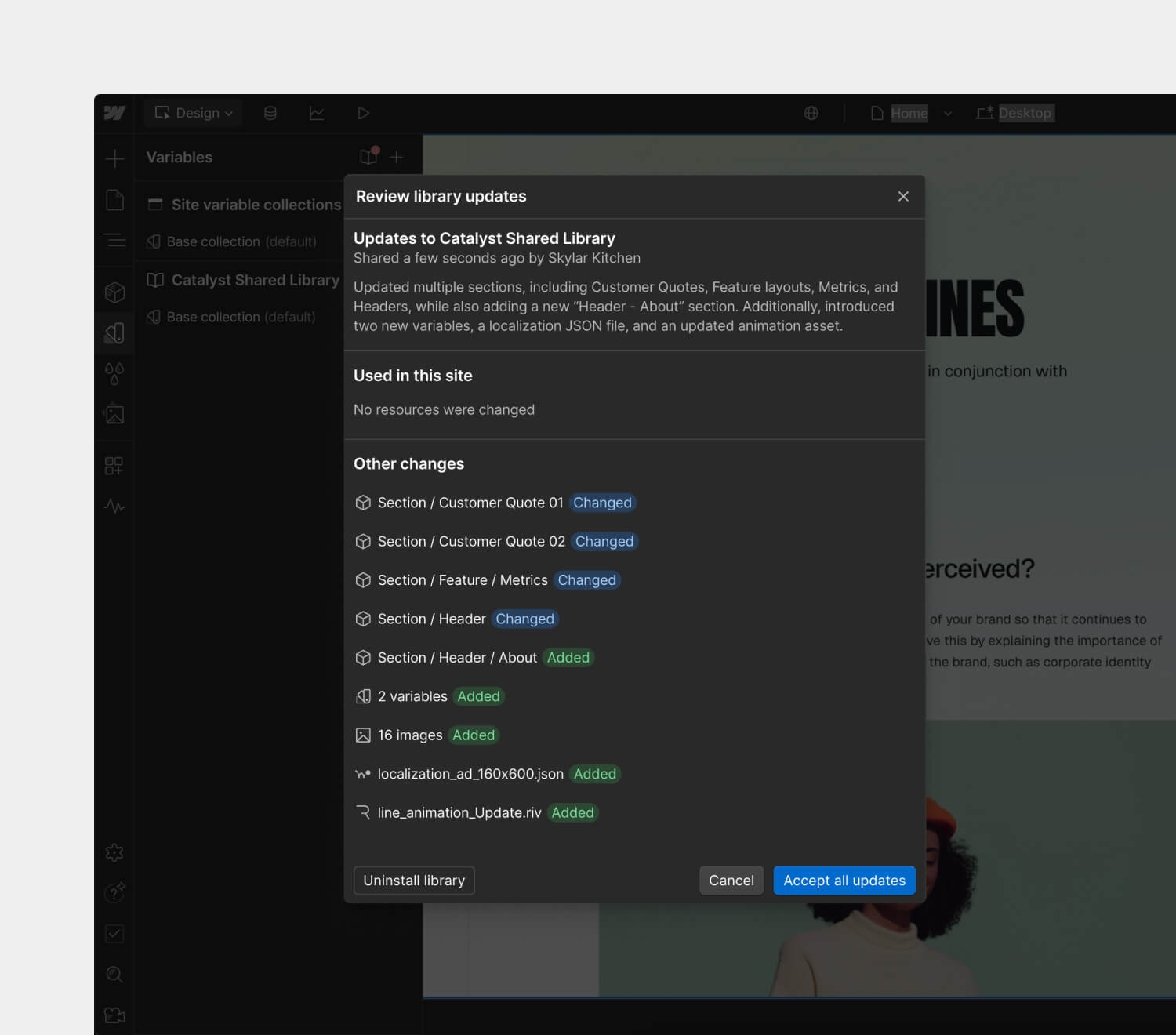
Turn brand consistency into your competitive advantage
Brand inconsistencies add friction and erode customer trust. But with a platform like Webflow, you can centralize your design system and reduce collaboration overhead. This leads to faster development cycles, improved brand recall, and a more unified customer experience.
With a design system that curtails this handoff process, the process of accessing, managing, and updating components is simpler and centralized. Best of all, this streamlined approach speeds up development cycles, resulting in faster time to market and greater brand consistency at scale.
Ready to take the leap? Learn more about Shared Libraries and get started with Webflow today to design consistent, on-brand web experiences.



















Evolving design systems
In our ebook, learn why experts are investing in scalable design systems and how they are thinking about the future of design systems.
